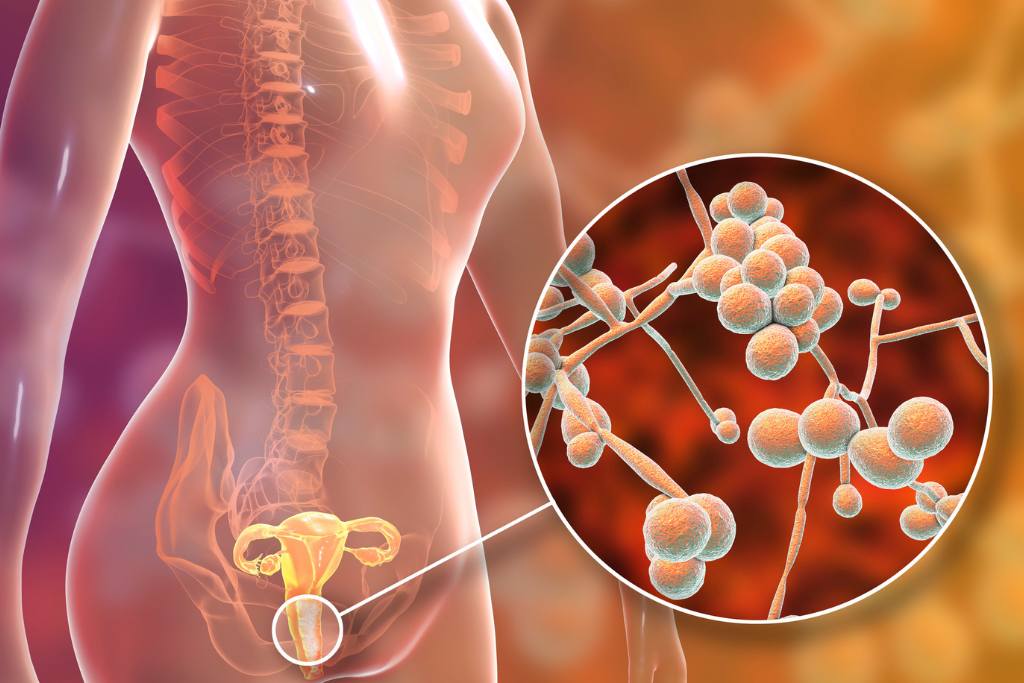Yeast infections are caused by a fungus called Candida. These infections can occur in both men and women, but they are more common in women. Candida is a type of fungus that is normally present in small amounts in the body, including the genital area. However, when there is an overgrowth of Candida, it can lead to an infection.
It’s important to understand that yeast infections are not typically transmitted directly from one person to another through sexual contact. Instead, they are usually caused by an overgrowth of Candida that is already present in the person’s body.
Here’s how it works:
- Yeast Infection in Women: Women are more prone to yeast infections because they have a vagina, which is a warm and moist environment that can encourage the growth of Candida. Various factors, such as hormonal changes, antibiotics, or a weakened immune system, can lead to an overgrowth of Candida in the vaginal area, causing a yeast infection. It’s not something that women “give” to men.
- Men and Yeast Infections: While yeast infections are less common in men, they can still occur. Men can develop yeast infections on their genitals, typically in the form of balanitis (inflammation of the head of the penis) or a rash on the groin area. This can happen if there is direct contact with a partner who has a vaginal yeast infection, but it’s not an immediate or guaranteed result of such contact.
- Transmission: Candida overgrowth is not a quick process. It can take some time for an overgrowth to occur and for symptoms to appear. Even if a man has sexual contact with a woman who has a yeast infection, it doesn’t mean he will definitely get an infection. Some men may be more susceptible than others due to factors like a weakened immune system, uncontrolled diabetes, or the use of certain medications.
- Prevention: To reduce the risk of yeast infections in both men and women, it’s important to maintain good hygiene, avoid excessive moisture in genital areas, and practice safe sex. If a woman has a yeast infection, it’s a good idea for both partners to avoid sexual contact until the infection is treated to prevent potential transmission.
In summary, yeast infections are not something that can be quickly “acquired” from a woman by a man. They are primarily a result of an overgrowth of Candida within an individual’s own body due to various factors. While sexual contact can play a role in transmission, it’s not an immediate or guaranteed outcome, and it’s not a matter of speed. Good hygiene and safe practices can help reduce the risk of yeast infections for both partners. If someone is experiencing symptoms of a yeast infection, it’s important to consult a healthcare professional for proper diagnosis and treatment.
